In ‘Dark and Magical Places’, Christopher Kemp reveals the neuroscience of how we navigate the world. Hopeless at finding his own way round, he wants to find out why navigation is easy for some and so hard for others. In this extract, Christopher describes the mysterious case of Amanda Eller, a hiker who got lost in the woods. How can someone take a few steps off a well-marked trail and completely disappear?
The neuroscience of how we navigate
Words by Christopher Kempphotography by Steven Pocockaverage reading time 8 minutes
- Book extract
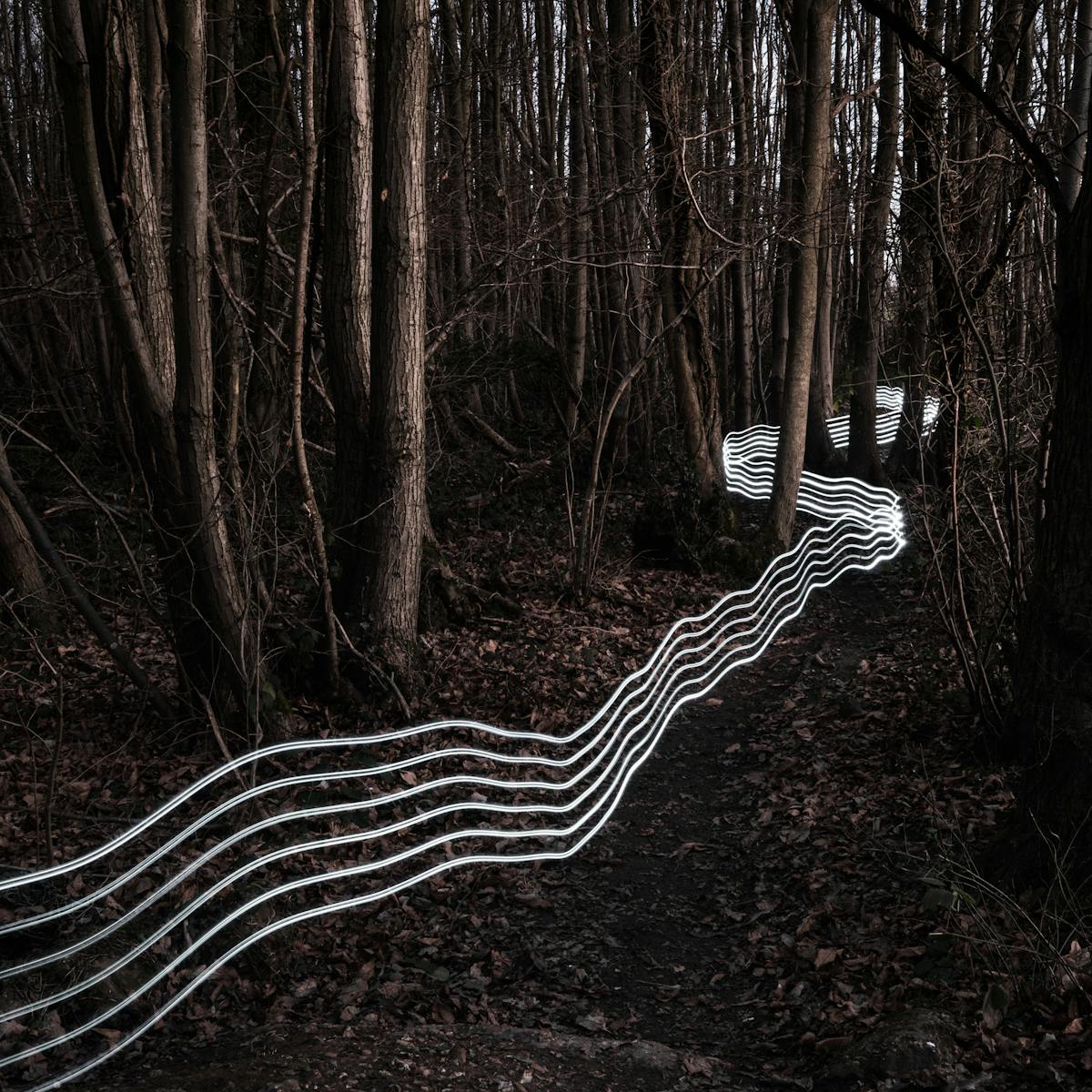
This is how it begins: in the forest, on an otherwise normal Wednesday afternoon, with sunlight filtering through the trees. Amanda Eller is hiking the trail. In the green shadows of the forest canopy, industrious little birds dart between the swaying stands of bamboo, hunting for grubs.
As Eller walks farther into the woods, the day begins to get hotter. After a mile or so of walking, she’s tired. She takes a few steps off the trail, lifting her feet carefully over a riot of ferns, and lies down on a fallen tree trunk.
For a few quiet moments she rests, lying on her back with her eyes closed, face turned up toward the sky. Cartoon clouds drift across the gaps in the canopy. But when she stands up again and starts to head back toward the trail, she can’t find it.
Like an illusion, the trail has disappeared. Amanda Eller is lost.
At first, she does what any of us would do. She spins around, trying to relocate the trail. All she sees are trees: tall straight trees with fluted trunks; saplings; spindly stunted trees growing in the shadows; a half-fallen tree resting at an odd angle against another canted tree, like a lambda λ in the forest; dead fallen trees that are slowly becoming part of the forest floor again; a tree with a large, rounded burl.
Trying to detect something distinctive in their sameness, Eller searches for the trail all afternoon until it gets dark.
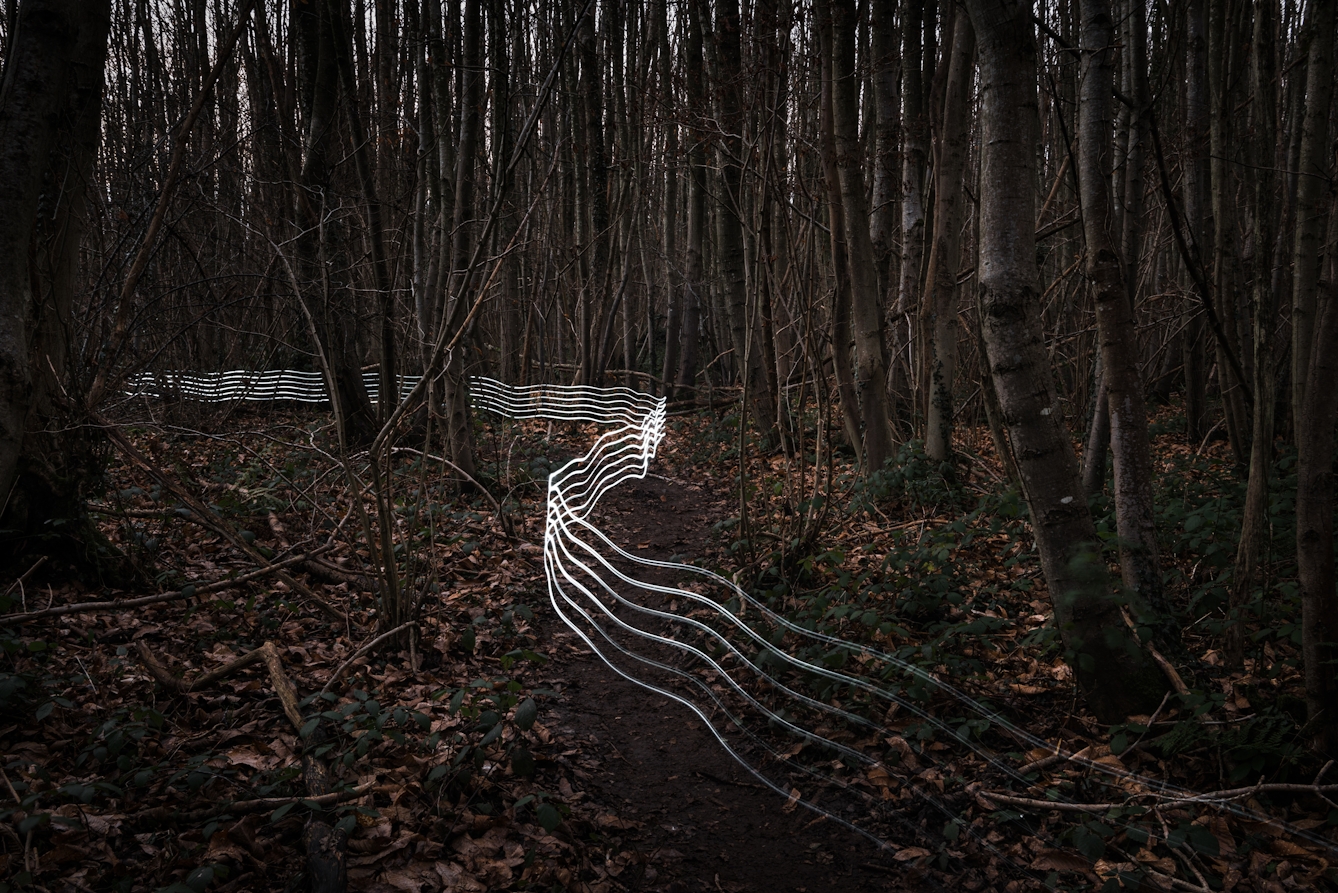
“Amanda Eller is hiking the trail. In the green shadows of the forest canopy, industrious little birds dart between the swaying stands of bamboo, hunting for grubs.”
Lost in the forest’s close embrace
It’s 8 May 2019. Eller is standing in the Makawao Forest Reserve in Hawaii. Located on the northwest slopes of the volcano Haleakalā, the reserve covers around 2,000 acres of Maui’s rugged interior. It’s a forest surrounded by even more forest. A wilderness within a wilderness. On Google Earth, it resembles a perfectly ripe avocado – if every avocado had a cartoonish flotilla of wispy clouds drifting above it.
Her situation is not trivial. The forest is dense: completely impenetrable in places, steep and difficult, crisscrossed with hidden ravines, choked with ferns, and draped with vines.
Eller had arrived at the reserve around 10.30am, parking her SUV at the trailhead. It was quiet. She bent over to place her car key beneath the front wheel of the car. The 35-year-old yoga teacher and physical therapist had only intended to take a quick three-mile hike along a familiar trail.
Now, standing beneath the moss-green canopy, Eller closes her eyes and takes a slow, deep breath to stay calm. She studies the pale clumps of lichen growing on the nearby trunks in irregular shapes like the maps of unfamiliar countries. Which way did I come from?
But she is lost in a multitude of trees. By mid-afternoon, Eller has spent several hours searching for the trail. The sun is now high overhead, hanging above the forest.
This is so silly, she thinks. Soon, someone will come ambling through the woods along the trail, voices will drift to her, and she can shout for help. Hikers will lead her through the tangle of undergrowth and the ferns, and back to the safety of the path. But no one comes.
For a while, Eller follows a few narrow winding trails – eventually, she realises they’re paths made by wild boars as they shoulder through the undergrowth. The birds trill and chirp in the trees, flitting from one place to another, as industrious as always.
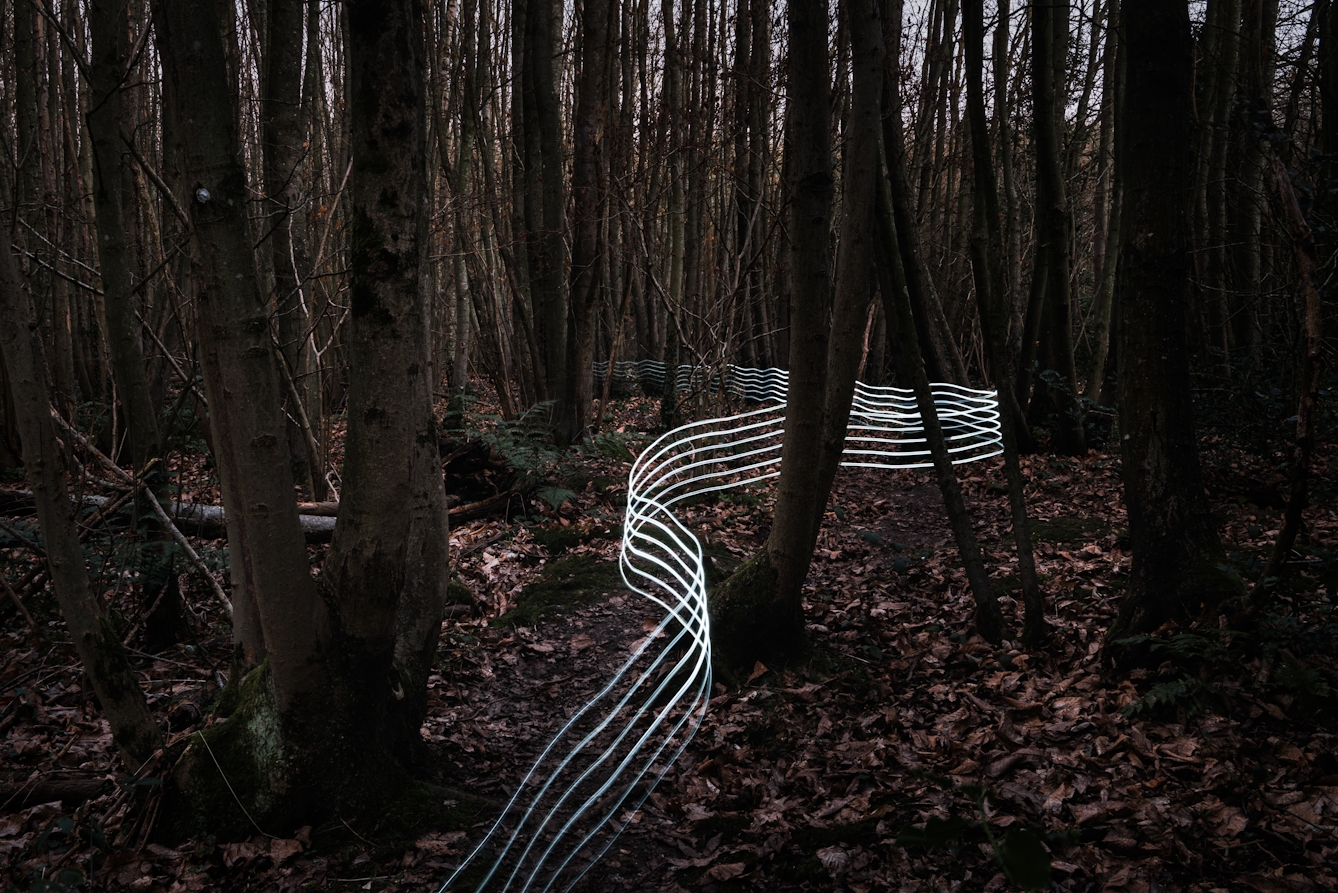
“As Eller walks farther into the woods, the day begins to get hotter. After a mile or so of walking, she’s tired. She takes a few steps off the trail.”
Somehow, at the same time, Eller’s surroundings have both collapsed inward, to the size of a room, and expanded infinitely outward. She could be anywhere. Standing in the stillness of the trees, she suddenly hears everything, all the quiet, endless, subtle sounds of the woods.
Meanwhile, the sun continues on its arc overhead, slowly disappearing into the trees. It’s as if the birds are singing it down. Then it’s dark. If she looks up through the swaying canopy, she can see a few stars – navigation tools, for someone maybe, but not for Eller.
Eventually, her cellphone begins to vibrate, pinging with text messages from concerned friends. But she doesn’t hear it in the woods. Wearing only a tank top and yoga pants, Eller has left it, along with her water bottle and wallet, in her car.
Eller sits at the base of a tree and waits for the first night to pass. The forest has swallowed her up.
She is unprepared. She had only planned to unplug for a while. So, heart hammering in her chest like a trapped bird, Eller sits at the base of a tree and waits for the first night to pass. The forest has swallowed her up.
By this point, perhaps some of you are already judging Eller. But for almost any of us, her situation would be terrifying. Recently, on a camping trip to northern Michigan, my seven-year-old, Rowan, woke me at 4am needing the bathroom. We crawled out of the tent together and stood beneath the wet roar of the woods in complete, oil-black darkness.
A storm was forecast to arrive later that morning. The branches of the trees were bouncing madly in the wind, half seen. I understood in a very small and incomplete way how mind-stoppingly terrifying it would be to find oneself disoriented and without shelter at 4am in the darkness of the woods.
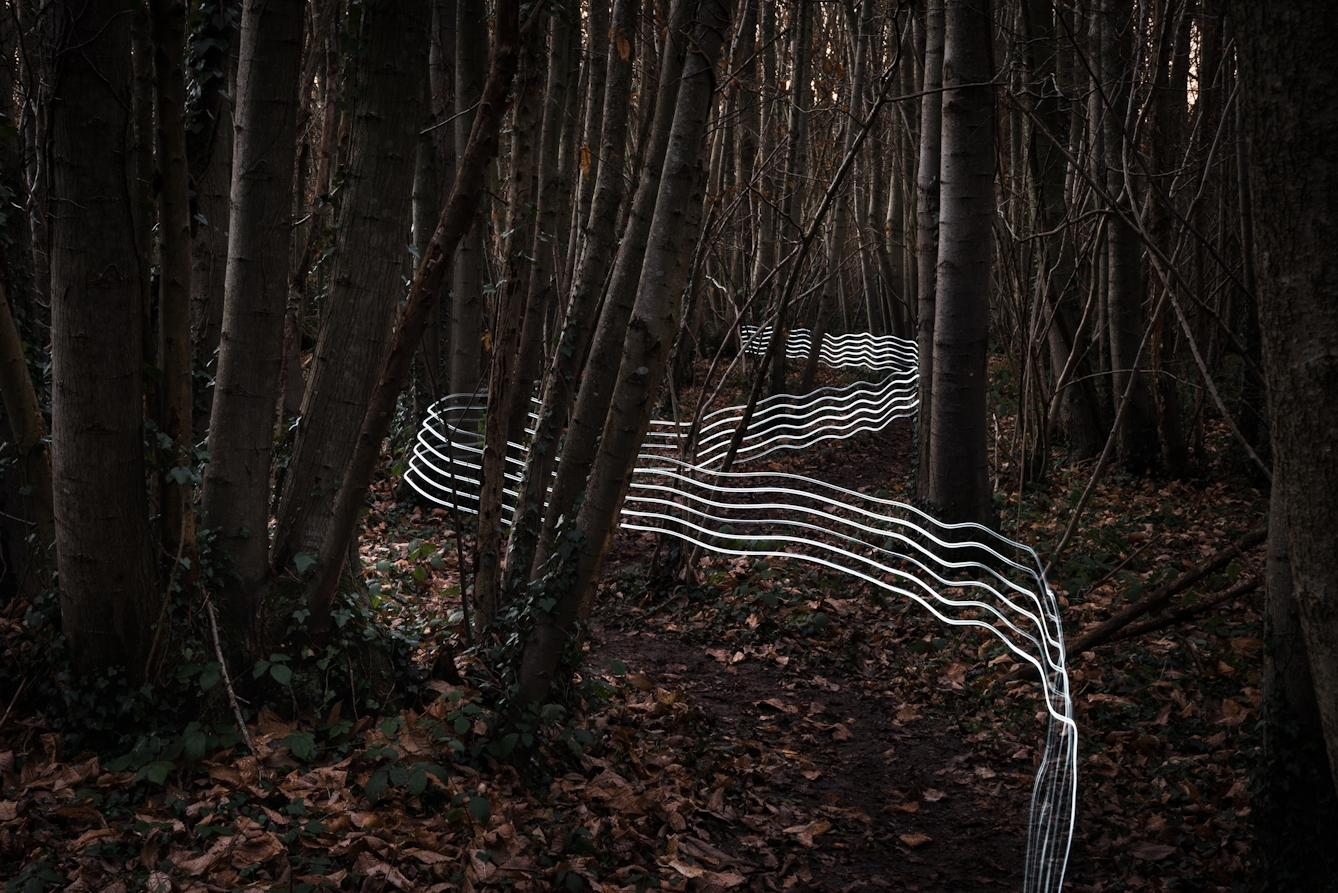
“For a few quiet moments she rests. But when she stands up again and starts to head back toward the trail, she can’t find it. Amanda Eller is lost.”
Before she stepped off the trail and disappeared, Eller had been making her way through an unremarkable day. It was a very Wednesday kind of Wednesday. Suddenly, that had all changed. In one moment, her possible futures had begun to look very different – although she couldn’t have known that yet.
After all, if you set up the same scenario and run it again and again, in almost every other version she stands up, swings her legs back onto the ground, refreshed, and walks back to the trail. At the parking lot – a little thirsty now, and already thinking about lunch – she opens her car door, climbs inside, and glances quickly at her cellphone. No calls.
Almost every time, that’s what happens. But not every time.
And definitely not this time.
The admissions of a poor navigator
How can someone take a few steps off a well-marked trail in a busy forest reserve and disappear?
I read about Eller’s 2019 disappearance around the time it happened and was fascinated by the story. I followed along at home as it developed, reading updates every day. The story stayed with me for a long time afterward. It took root like a delicate sapling. Its leaves unfurled in my mind.
I’ve been lost in the woods like Eller, if only for a few panicked moments. In fact, I’m permanently lost. I have no sense of direction. If I were blindfolded and taken just a few blocks from my house in Grand Rapids, Michigan, where I’ve lived for more than ten years, I’d be as lost as if I’d suddenly teleported to the outskirts of Reykjavik.
It takes me only a few moments to become disoriented. Crowded places. Darkened woods. Theme parks. Cities. My own street. Megastores. Stairwells. Little one-lane English villages in the rain. Everywhere at night. I’m lost all the time.
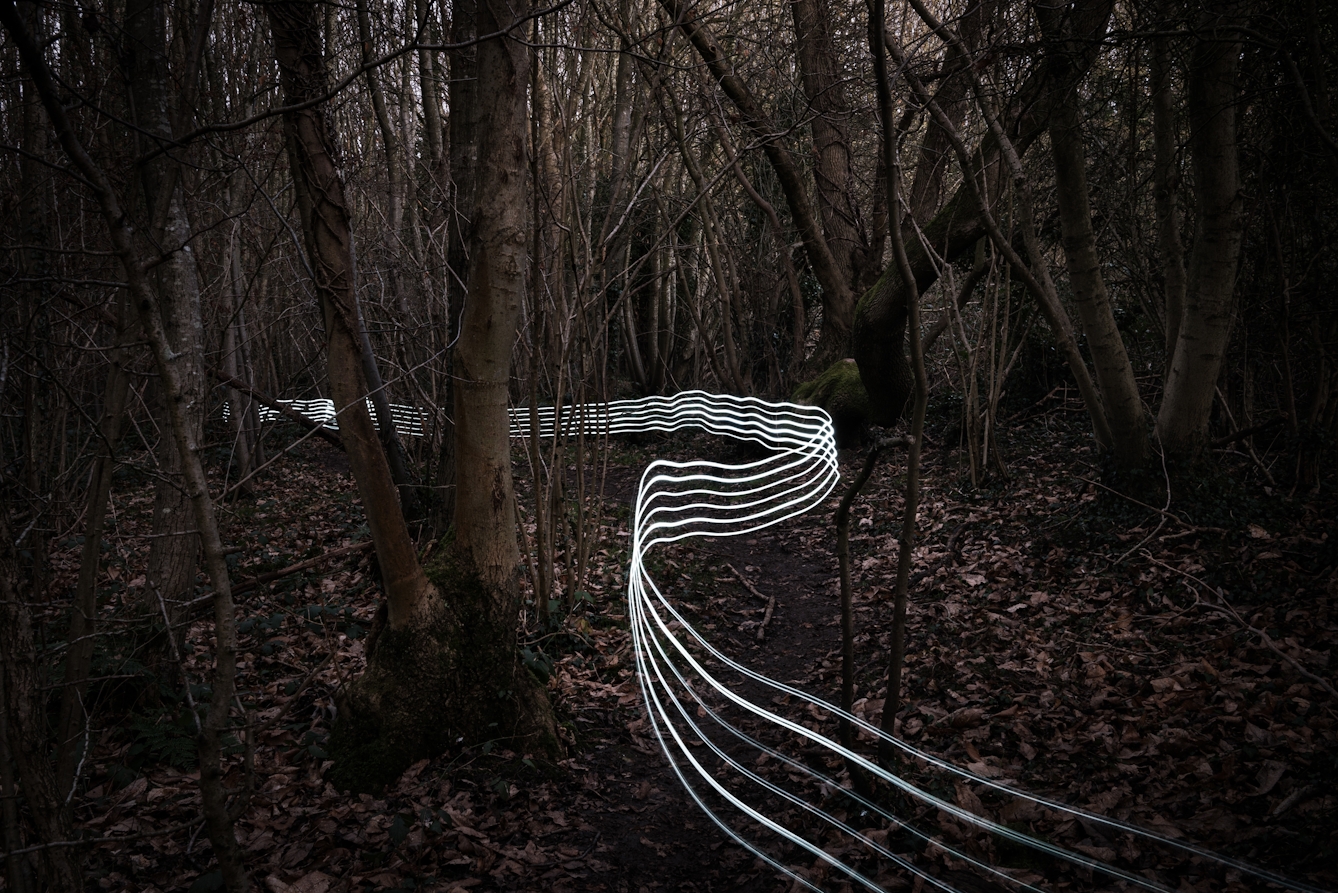
“Somehow, at the same time, Eller’s surroundings have both collapsed inward, to the size of a room, and expanded infinitely outward. She could be anywhere.”
On occasion – more often than I’d really like to admit – I drive past my own home. Maps help, but I’m still error prone when I use them. I can learn the route to a particular location: to my dentist’s office, or the airport, or my child’s school. But if I don’t take the route for a month or so, it slowly begins to decay, and then eventually disappears altogether.
On a scale of 1 to 10, with 1 being very, very bad, I give my spatial skills a score of 1. And that’s important. Research has shown that when we’re asked to rate our navigation abilities, our self-assessment is pretty accurate. In other words, we know if we’re bad at it.
Steering a clear course
My wife, Emeline, is an effortless and intuitive navigator. Her experience of the physical world is so different from mine that at times I’ve thought it was a brilliant and complicated lie. She might as well be telling me that she can talk with animals. But she proves her superior navigation skills to me all the time. Wherever she goes, she carries a complex and fully functioning map with her, stored deep within her brain.
This inner map is richly detailed and informative. It bristles with spatial data. Neuroscientists have a term for it: a cognitive map.
We can travel to a city we haven’t visited for more than a decade and she will readily access her internal spatial map. In unfamiliar environments, she quickly begins to construct a new map – extending its borders, filling in its unknown margins.
How does she do this? Are our brains different, or do we just use them differently? And can I change how I use mine? My book, ‘Dark and Magical Places’ is an attempt to try to understand the differences.
‘Dark and Magical Places’ is out now.
About the contributors
Christopher Kemp
Christopher Kemp is a scientist and science journalist. He works at Michigan State University, overseeing a research group that studies Parkinson’s disease and other neurodegenerative diseases. He is the author of ‘Floating Gold: A Natural (and Unnatural) History of Ambergris’ and ‘The Lost Species: Great Expeditions in the Collections of Natural History Museums’.
Steven Pocock
Steven is a photographer at Wellcome. His photography takes inspiration from the museum’s rich and varied collections. He enjoys collaborating on creative projects and taking them to imaginative places.

